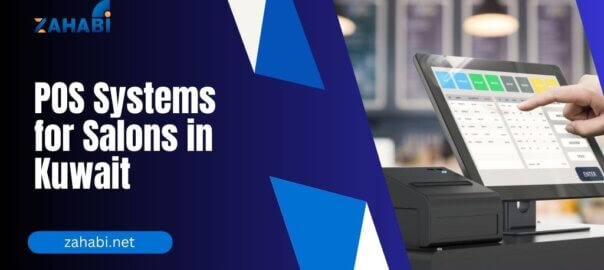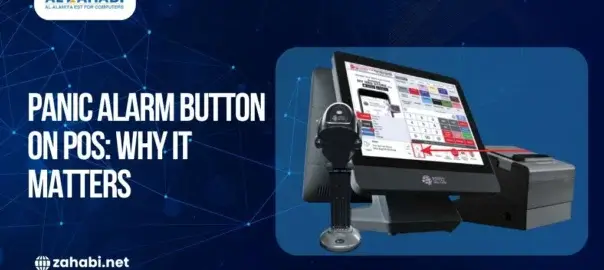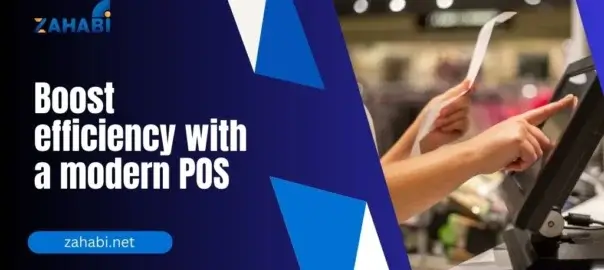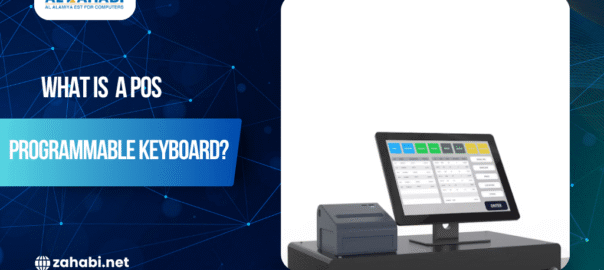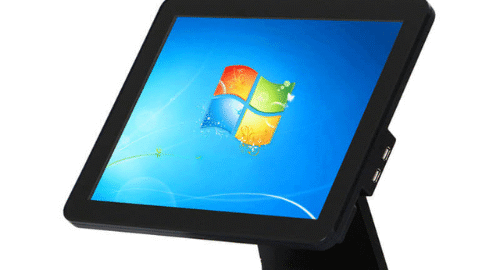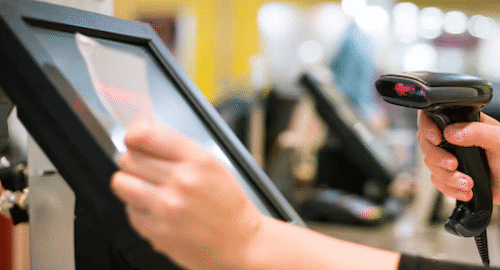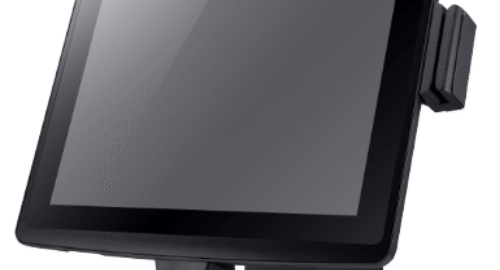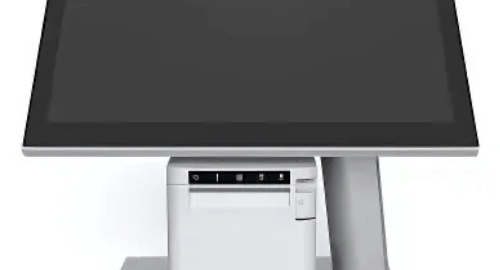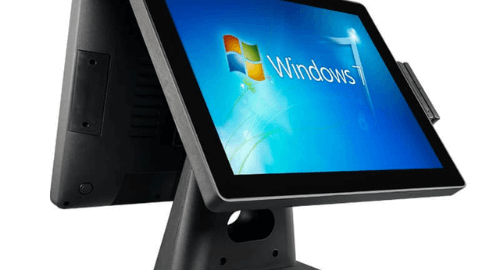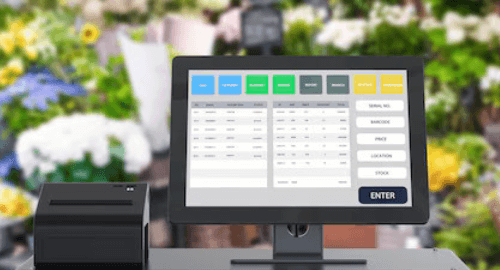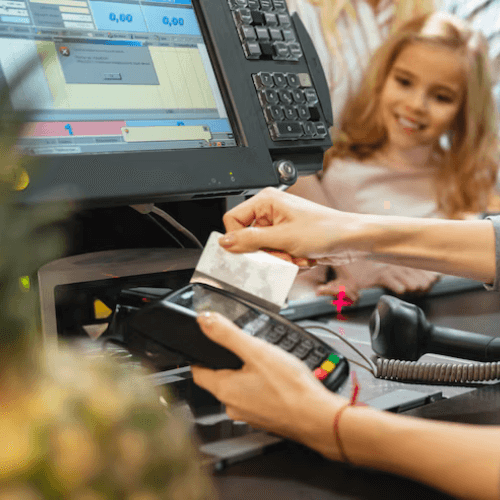
Point of Sale (POS) systems have come a long way from the cash-only registers of the past. Today, the modern POS system is no longer just a transaction processor; it’s a dynamic, connected, and secure multi-payment acceptance instrument that enables businesses to cater to an increasingly diverse and digital-savvy customer base.
This transformation has been made possible through a series of interconnected technological advancements. Here’s how each layer of technology has contributed to the evolution of the POS:
1. Digitalization and Software Platforms
From Mechanical to Programmable Systems
The journey began with the shift from mechanical cash registers to electronic and programmable POS terminals. This leap allowed software integration, opening up the system to process and store a variety of transaction types beyond just cash.
Operating Systems and Open APIs
Modern POS systems run on robust platforms like Windows, Android, or Linux, making them as adaptable as smartphones. Crucially, they offer Open APIs (Application Programming Interfaces), which allow seamless integration with third-party payment gateways, apps, and loyalty programs. This flexibility makes the POS a centralized hub for various payment methods—credit cards, mobile wallets, BNPL (Buy Now, Pay Later), and even cryptocurrencies.
2. Communication Technologies
Internet Connectivity (Ethernet & Wi-Fi)
Stable internet access is the backbone of any modern POS system. It enables:
- Real-time authorisation with banks and payment providers
- Immediate payment settlement
- Cloud synchronisation and remote updates
Bluetooth Integration
Bluetooth allows the POS terminal to wirelessly connect with card readers, barcode scanners, receipt printers, and other peripherals, making checkout faster and more flexible, especially in mobile retail setups.
NFC (Near Field Communication)
The rise of contactless payments owes everything to NFC. Customers can now tap their cards, phones, or smartwatches using services like Apple Pay, Google Pay, or Samsung Pay, enabled by built-in NFC readers in the POS device.
3. Advanced Data Capture and Payment Interfaces
Magnetic Stripe Readers (MSR)
An early innovation in card payments, MSR allowed the reading of customer information from the back of payment cards.
Barcode & QR Code Scanners
POS systems can now scan QR codes for payments, allowing platforms like PayPal, Alipay, or local banking apps to facilitate quick, cashless transactions. This has become especially important in emerging markets and contactless-first environments.
Biometric Authentication
Though not yet mainstream, biometric POS integration (fingerprint or facial ID) is emerging as a future-forward authentication tool—offering a frictionless and secure way to validate identity at checkout.
4. Cloud and Mobile POS Technologies
Cloud-Based POS Systems
Cloud technology has redefined POS flexibility. Instead of bulky hardware and local servers, cloud POS systems offer:
- Centralized control across locations
- Auto-updates to stay compliant with new regulations and payment types
- Real-time data access for inventory, sales, and performance analytics
This Software-as-a-Service (SaaS) model allows businesses to add new payment options with a simple software update.
Discover more about the evolving POS systems market in Kuwait in this blog.
Mobile POS (mPOS)
Smartphones and tablets, when paired with a secure card reader, can now function as full POS terminals. Ideal for pop-up shops, delivery staff, or curbside service, mPOS expands where and how payments are accepted, supporting magstripe, EMV, and NFC on the go.
5. Enhanced Security Protocols
Encryption and Tokenization
Modern POS systems encrypt sensitive cardholder data and replace actual card details with secure tokens, ensuring that customer information is never stored or transmitted in a readable form.
In Summary
The POS terminal has transformed from a standalone cash box to a multi-payment command center—capable of handling cash, cards, contactless payments, mobile wallets, QR codes, and more. This evolution is driven by:
- Smart, software-enabled operating systems
- Wireless and NFC communication technologies
- Multi-format data capture tools
- Mobile and cloud integration
- Fortified security standards
As payment preferences continue to evolve, businesses that invest in a modern, flexible POS system in Kuwait position themselves to thrive, meeting customers where they are, with the payment method they prefer.

